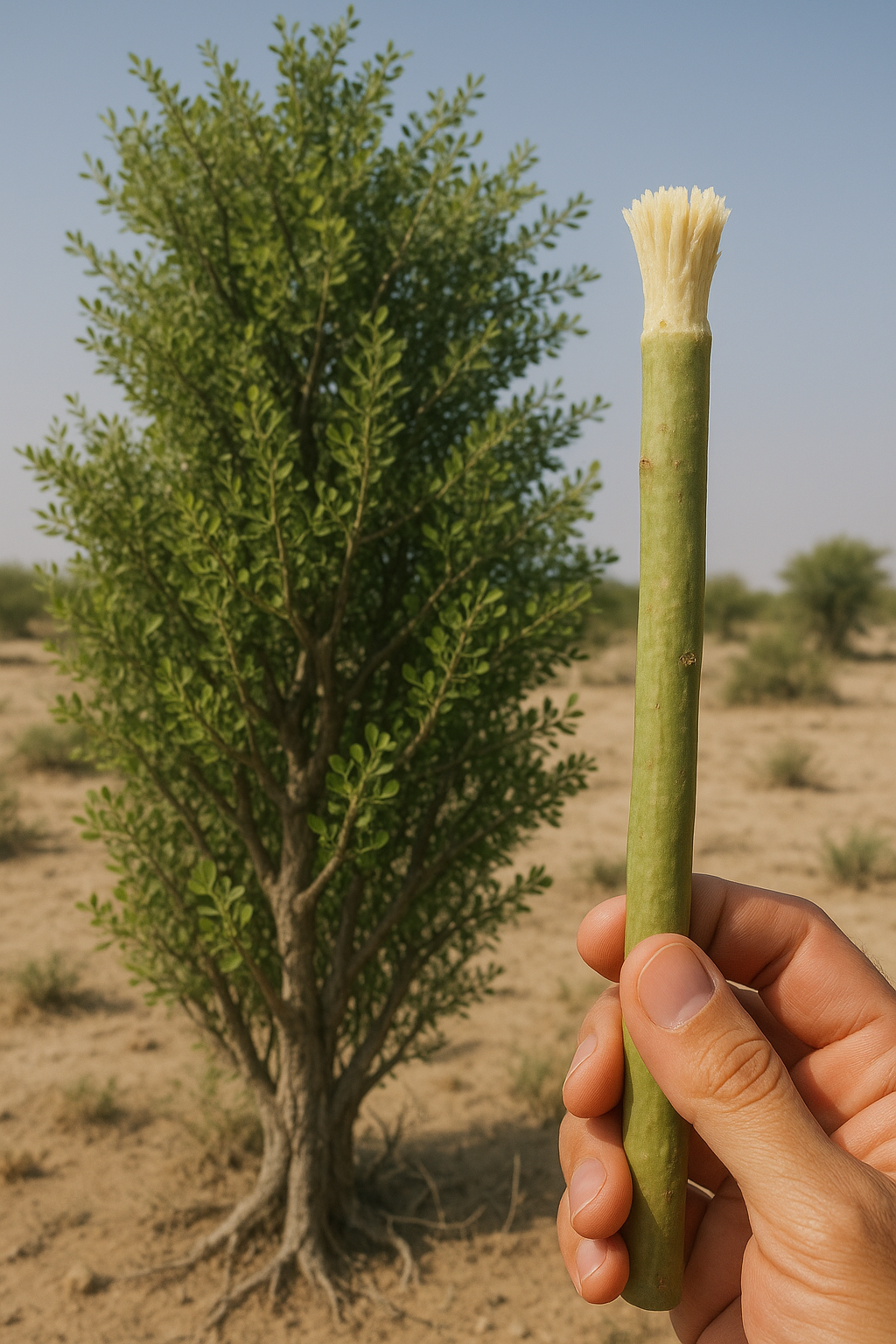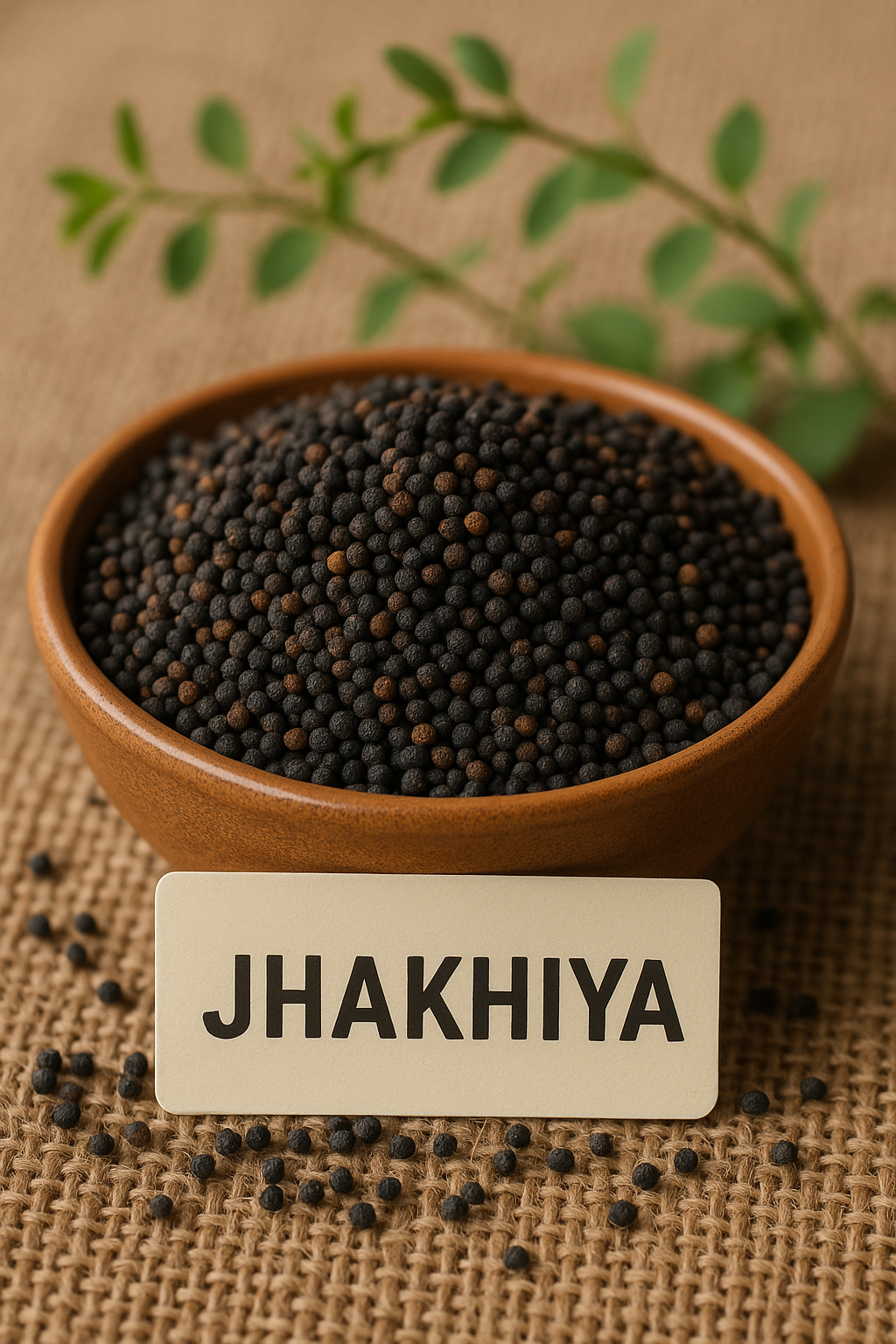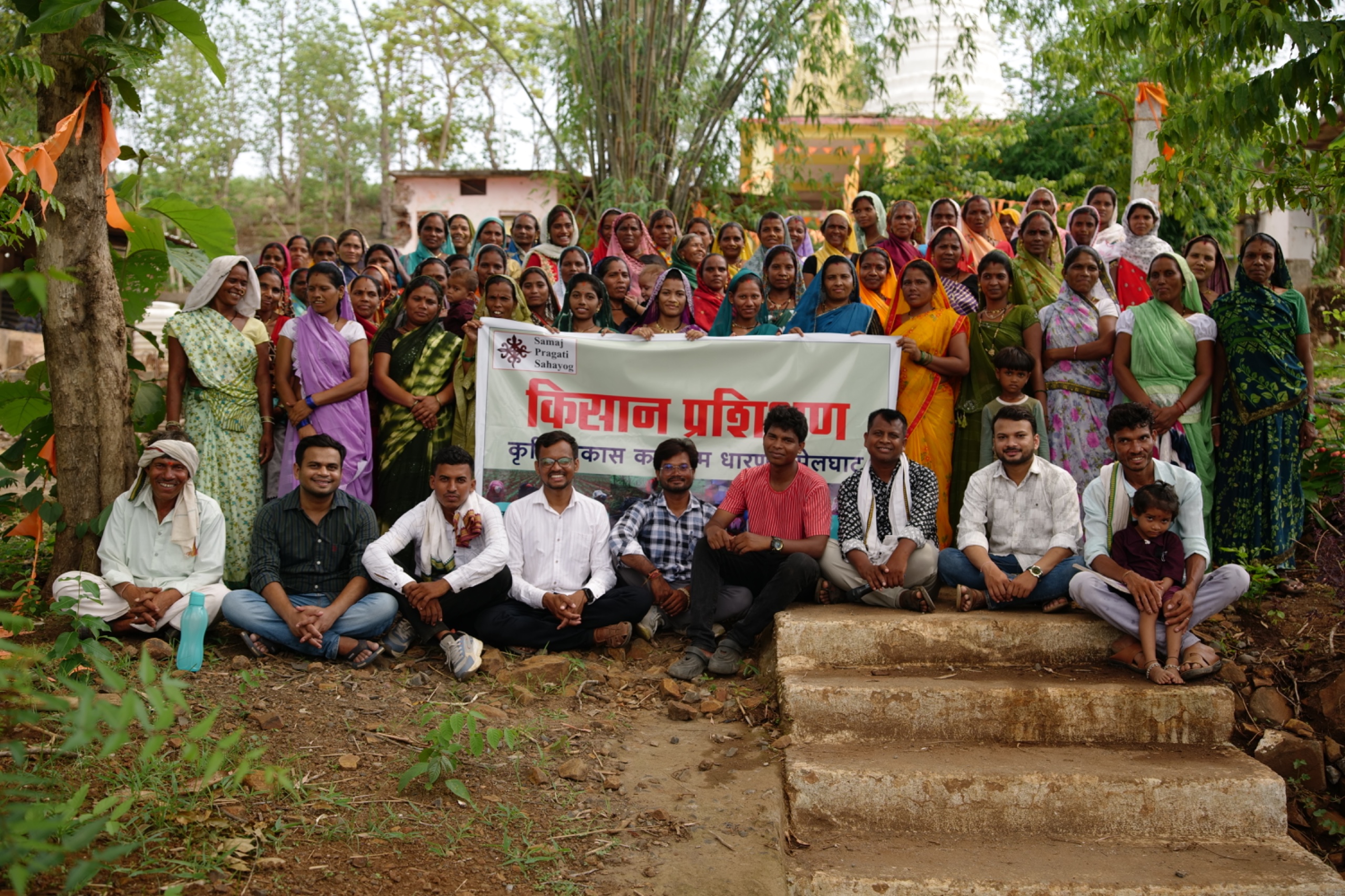Ziziphus jujuba, also known as jujube, is a fruit tree that is gradually disappearing from the beautiful valleys of Kashmir. This tree is not just another fruit-bearing plant; it is rich in nutrients and has a variety of medicinal benefits. It can adapt to different climates and is a symbol of hope for sustainable farming in the region. By bringing back the cultivation of Ziziphus jujuba, we have a chance to boost biodiversity, support local livelihoods, and revive traditional practices that have been lost over time.
The jujube tree grows well in arid and semi-arid climates, which makes it suitable for Kashmir’s environment. It can withstand extreme temperatures and requires minimal water, making it a perfect choice for farmers facing climate challenges. In addition to its resilience, the fruit is packed with vitamins and minerals, especially vitamin C, making it a healthy addition to any diet. The flesh of the fruit is sweet and has a texture similar to apples. It can be eaten fresh, dried, or used in various recipes.
Historically, jujube trees have been part of Indian agriculture for centuries. They were cultivated for their nutritious fruits, which also play a role in traditional medicine. The leaves, bark, and seeds of the jujube tree have been used to treat various ailments, from digestive issues to skin problems. However, over time, the popularity of this fruit has diminished, and many farmers have turned to more commercial crops.
Reviving the cultivation of Ziziphus jujuba can help preserve local culture and traditions. In many communities, the jujube fruit is linked to local festivals and celebrations. Farmers who grow this fruit not only benefit economically but also contribute to the conservation of biodiversity in their regions. Encouraging the cultivation of native fruit trees like Ziziphus jujuba can help restore ecological balance and provide habitats for various species.
Moreover, Ziziphus jujuba can improve local economies. By promoting this fruit, farmers can tap into niche markets that value organic and traditional products. Local governments and agricultural bodies can support this revival by providing training and resources to farmers. This can include workshops on cultivation techniques, pest control, and marketing strategies.
In addition, there is a growing demand for organic and traditional foods in urban areas. Reviving jujube cultivation can allow farmers to cater to this market, providing fresh produce that is both healthy and culturally significant. The fruits can also be processed into jams, juices, and dried snacks, increasing their market value.
Local communities can play a crucial role in this revival. By sharing knowledge and practices related to jujube cultivation, they can ensure that these traditions are passed down to future generations. Schools and community groups can engage in educational programs that highlight the importance of native fruit trees, encouraging younger generations to take an interest in agriculture and sustainability.
In conclusion, the revival of Ziziphus jujuba in Kashmir is not just about bringing back a fruit; it is about reconnecting with tradition, improving local livelihoods, and promoting ecological health. With the right support from local and national governments, and the active participation of communities, Kashmir can once again celebrate this forgotten fruit. This initiative can pave the way for sustainable agriculture practices, enhance biodiversity, and strengthen community bonds. It’s time to rediscover and cherish the gifts of nature that Ziziphus jujuba offers.



